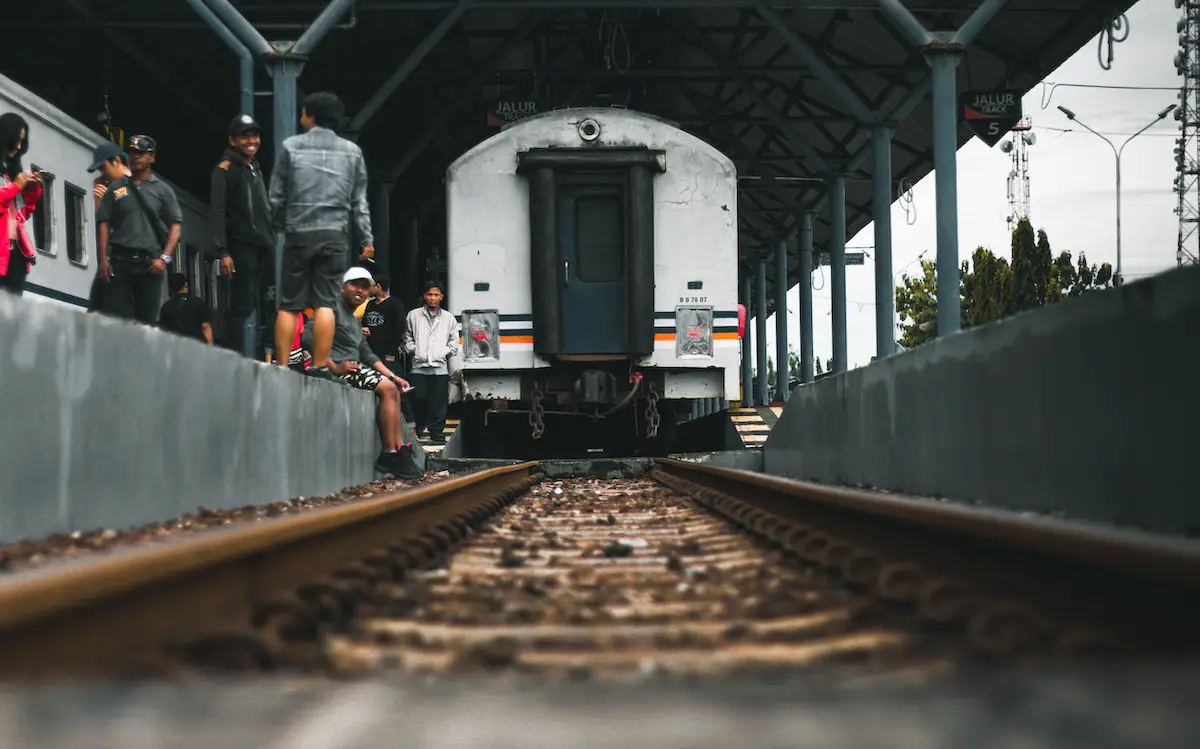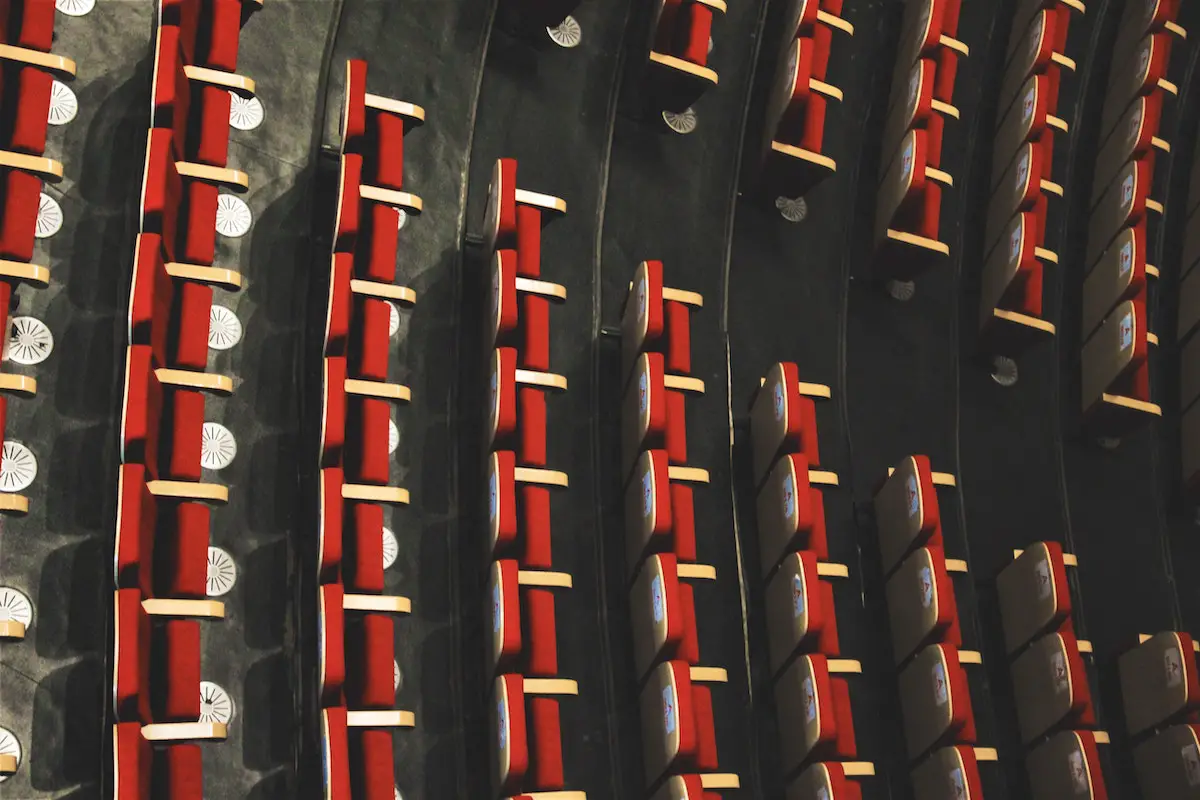When governments don’t build infrastructure, citizens usually complain, but can’t do much about it. They pressure public officials and protest against proposed projects, but that’s as far as citizen participation in city building usually goes. It’s reactive, not proactive.
However, this model of citizen participation is being rethought by citizens around the world. They are taking control over what happens in their cities. They are helping to build them, mostly with paint. Local groups all around the world are taking the initiative and are building the infrastructure that governments refuse or are slow to do.
One example of this type of action is Toronto’s Urban Repair Squad. This group specializes in painting bike lanes and bike boxes. Although their actions are illegal (and sometimes even reversed by the city government), they respond to a need for this type of infrastructure that isn’t being met. They even put out a manual with instructions on how to paint bike lanes youself that has inspired groups all over the world to do the same.
In Mexico, the movement is called wikiciudad (wikicity), and it has the central idea that anyone can edit and modify cities. In the city of Guadalajara, a group of citizens painted bike lanes that the city government had planned but didn’t build. In Mexico City, another group has concentrated on infrastructure for pedestrians. They’ve painted sidewalks that didn’t previously exist and zebra crossings in dangerous intersections. Their actions have not only been acknowledged by local governments, but sometimes even improved on.

In Los Angeles, several different groups have tried to address the lack of seating in the streets. They designed the SignBench and the SignChair that can be attached to existing street furniture to provide a place to sit. Another group designed a whole set of wood benches and planters for a bus stop that lacked any kind of street furniture.
The improvements that citizens are building are not always priorities for local governement, but, however tiny and localized, they do make a difference in the way people feel about and interact with the city’s public space. These groups are not aiming to replace government action. They are just trying to pressure authorities into acting and directing such action towards livability.
However, what is most important about this actions is that they open a discussion that hadn’t existed previously about who owns the city and who can improve it. This actions empower citizens to think about their environment and act on it, and that is ultimately more meaningful than the mere creation of infrastructure.
Photos: diegoehg_ and thinkmo


